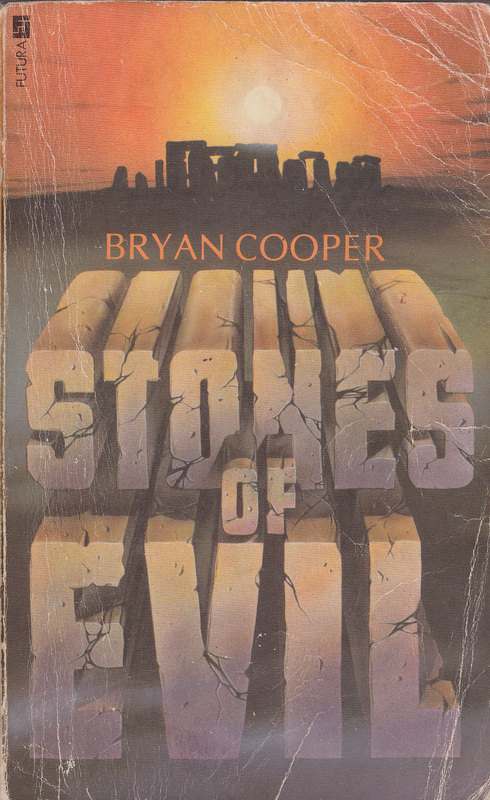A couple of days ago I finished reading Bryan Cooper’s novel Stones of Evil (1974), which follows the experiences of a stone worker, Haril, in ancient Britain five thousand years ago. A skilled craftsman with expertise in working with flint, he finds himself among the workmen constructing Stonehenge under the direction of high priest Vardon. Initially impressed by the scale of the project and the quality of the stone, he becomes troubled at Vardon’s cruelty, especially after the priest switches his allegiance from the Sun God to the Dark One….
It’s not the sort of novel I tend to read, but I came across it in a junk shop and was intrigued by the idea of a horror tale being set in ancient Britain. Along the way, Haril meets a variety of individuals and tribes, including families from the dark ‘forest people’, groups of roaming hunters, and a religious caste that might be the precursor of the druids. The story itself provides yet another theory regarding the origins of Stonehenge, and Haril’s concluding thoughts are certainly true: ‘For the rest of time perhaps, people would come and stare silently at the ruins, wondering what had led men to build it in the first place.’
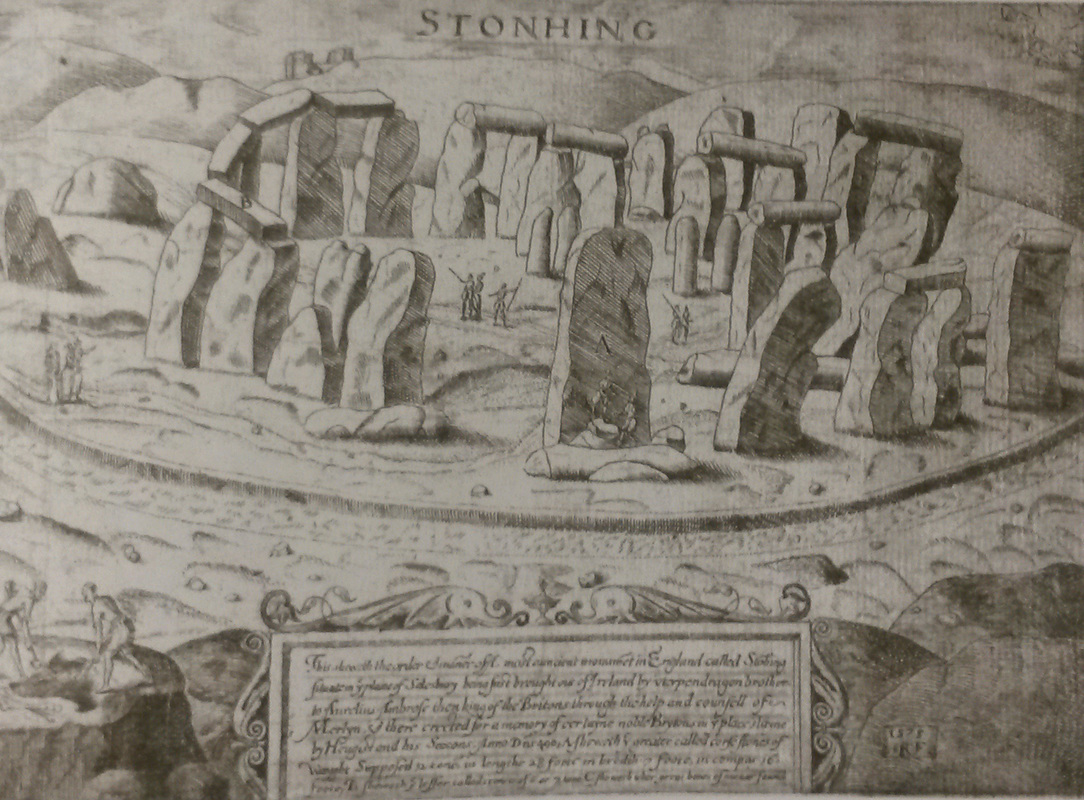
‘Stonhing’ in a print from 1575

William Stukeley’s ‘Stonehenge, a Temple Restor’d to the British Druids’ (London, 1740) recognised that Stonehenge was built in alignment with celestial bodies
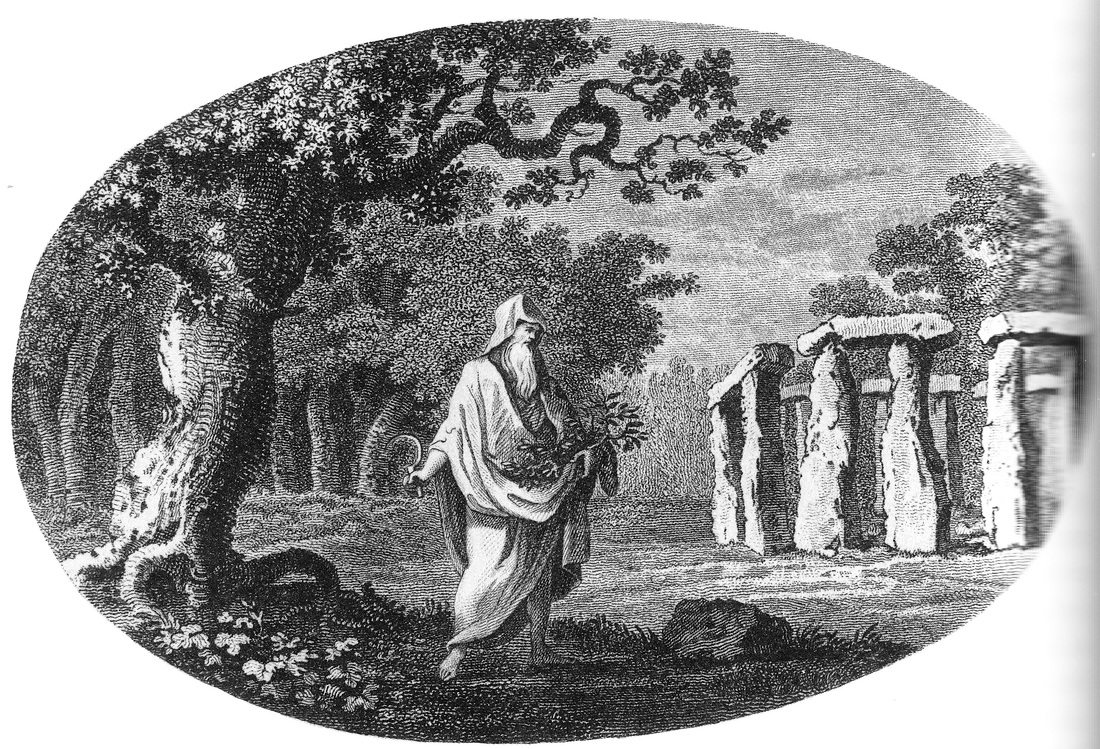
Stonehenge as imagined in Francis Grose, ‘Antiquities of England and Wales’ (1773-6.)
Theories connecting the stone circle to Arthurian legend (above top, 1575) and Druidic practices (above, 1776) continue to the present day, alongside fanciful suggestions about UFO landing strips, sacred energy transmitters, ancient racecourses, healing temples or the tomb of Boadicea.

John Britton, ‘The Beauties of Wiltshire’ (1801-25)
John Britton – who worked with Pugin – was one of the first to publish sober and accurate delineations of antiquities.
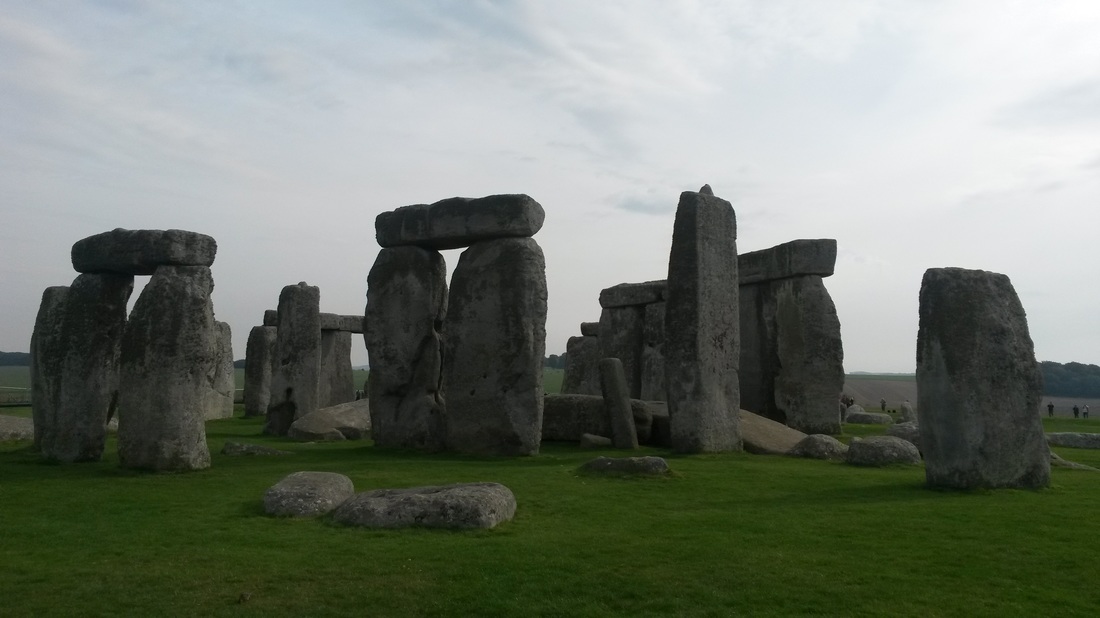
Stonehenge as it appeared when I visited in September 2013

A fanciful image of Avebury stone circle, about 25 miles north of Stonehenge, from the spooky TV series ‘Children of the Stones’ (1977)
Although it was set in Avebury rather than Stonehenge, the seven episode HTV series Children of the Stones made use of many theories that had been applied to Stonehenge: Druidic rites, folk magic and advanced astronomy were fused with a plot about time-loops, supernovas and psychic control.
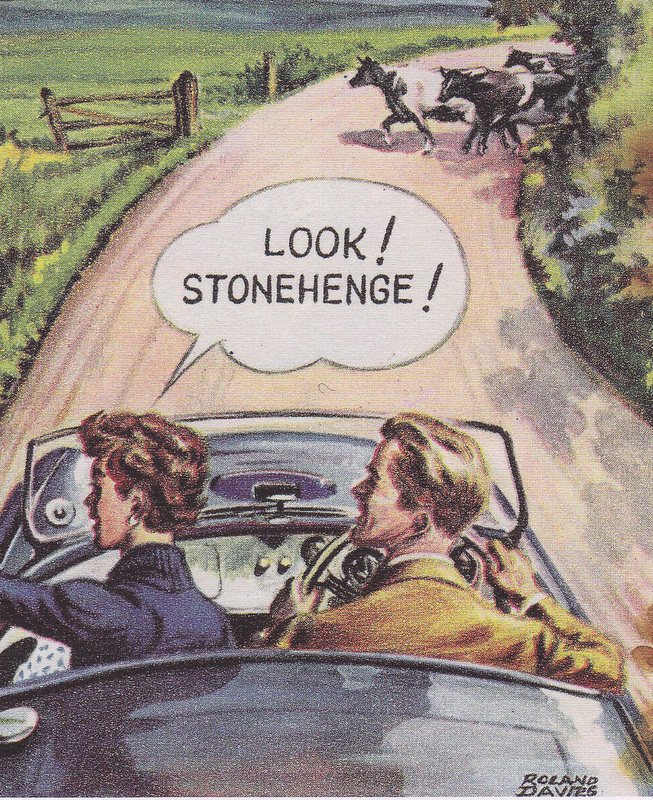
Perhaps the threat posed by the ancient stones might actually be more mundane
Today is the summer solstice, the longest day of summer, and traditionally attracts tens of thousands of visitors to Stonehenge to witness the sunrise.
